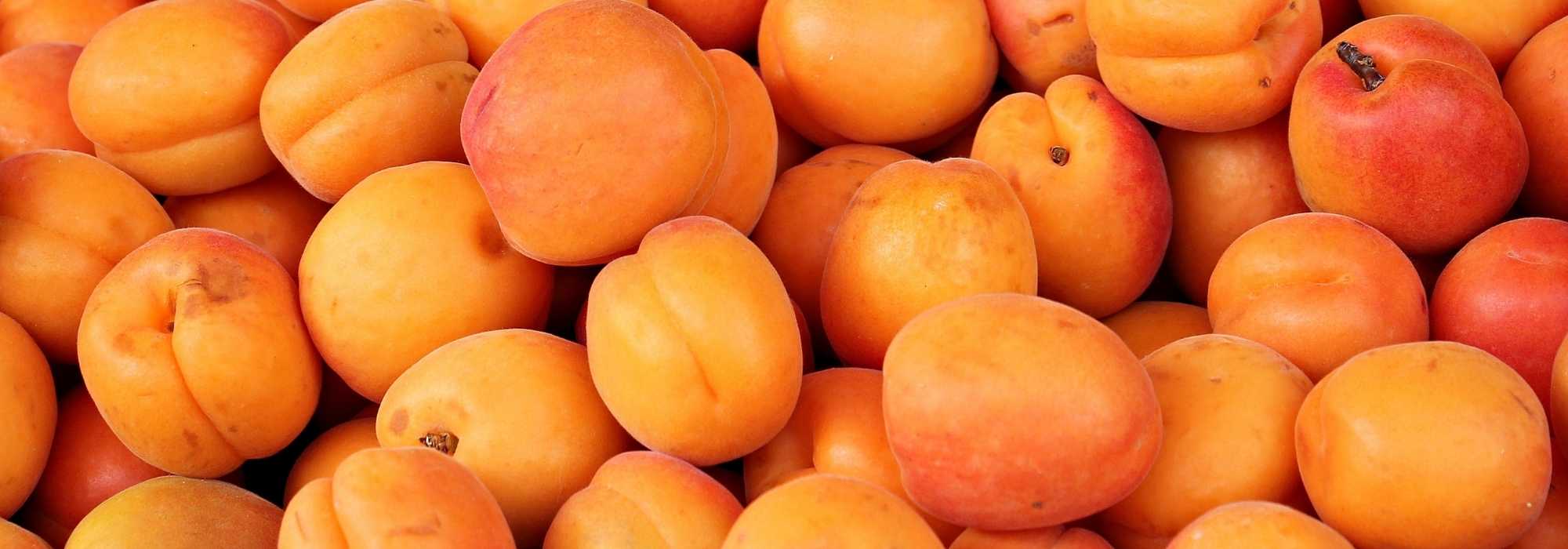
Apricot tree: the best varieties
Discover 8 tasty and productive varieties
Contents
Apricot tree is a fruit tree grown for its orange fruits with velvety skin and juicy, tart flesh, apricots. Rouge du Roussillon, Bergeron, ‘Polonais‘ or ‘Précoce de Saumur‘, early, semi-late or late varieties, there are many apricot varieties and it is not always easy to find your way around! Choice of a variety depends on several criteria: earliness of flowering and therefore of harvest (which varies by region), flavour, and fruit size or quality. Some varieties produce delicious apricots for eating fresh, others produce less sweet fruit better reserved for jam-making. Most apricot trees are self-fertile and do not need another variety nearby to set fruit. Apricot tree begins to produce 3 or 4 years after planting and reaches full ripeness at 7 years.
It is a very hardy tree that can acclimatise across France provided you choose a variety suited to your climate. In colder regions north of the Loire, we strongly recommend choosing late-flowering varieties or those very resistant to frost, to prevent spring frosts from compromising fruit set, and training them against a wall sheltered from winds and facing south. We also offer the most essential varieties as organic plants.
Discover a selection of the best apricot tree varieties, with their characteristics, to help you find the one that suits you!

Fruits on the tree, apricot orchard, and delicious apricot jams in summery colours!
Discover our complete fact sheet on Apricot tree, our range of apricot trees and everything you need to know to succeed with them in garden or in pots!
Apricot tree 'Bergeron'
An absolute must, simply! It’s the best-known variety! ‘Bergeron’ apricot tree is prized for its large, well-sized fruit, 5 to 5.5 cm in diameter and weighing 60–65 g. Flesh is particularly firm and tangy. Boasting hardiness to withstand down to -30°C, it is particularly well suited to colder regions and to the temperature fluctuations that often occur at the end of winter. It has a semi-early flowering period in March–April, allowing it to avoid severe late-winter frosts. It therefore adapts to all climates and can be grown easily both north and south of the Loire. Its production is regular and vigorous. Harvest occurs from mid-July to mid-August.
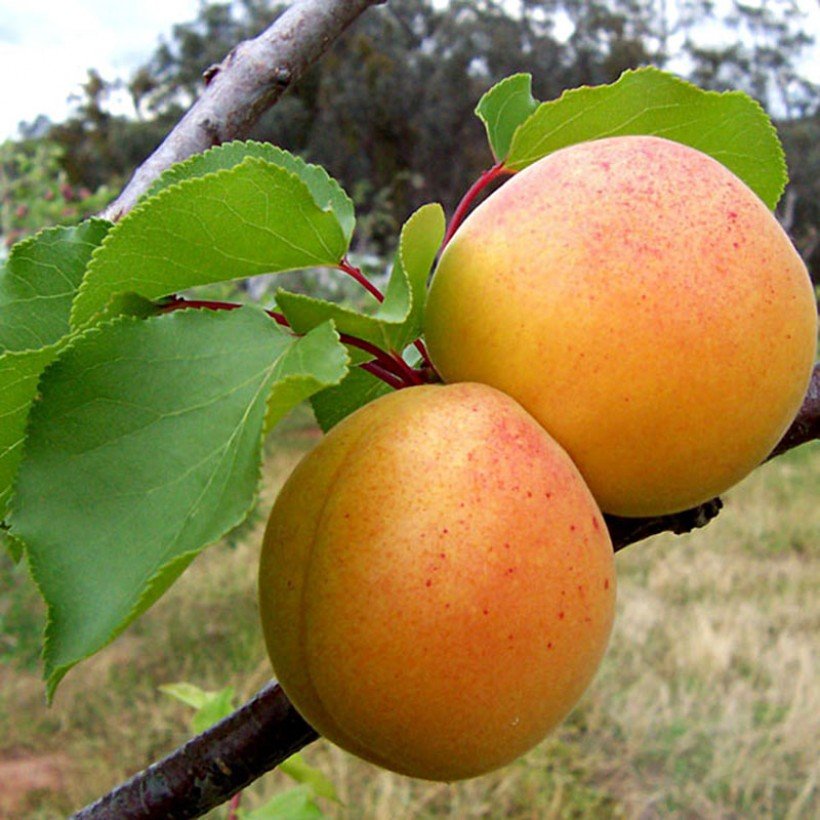
Organic ‘Bergeron’ apricot tree is very fragrant
Read also
How to protect fruit trees from birds?Apricot tree 'Luizet'
This is a vigorous, productive and hardy variety. With its semi-late flowering, which occurs in March–April, and its resistance to temperatures down to −20°C, this variety is particularly well suited to cold regions. Apricot tree ‘Luizet’ produces large apricots in July, around 5 cm in diameter, with yellow‑orange skin punctate with purplish‑red. Fruit flesh is firm and fairly juicy, sweet with a balanced flavour. Delicious fresh, they are also particularly suitable for baking or for making tasty homemade jams because pitting is easy.
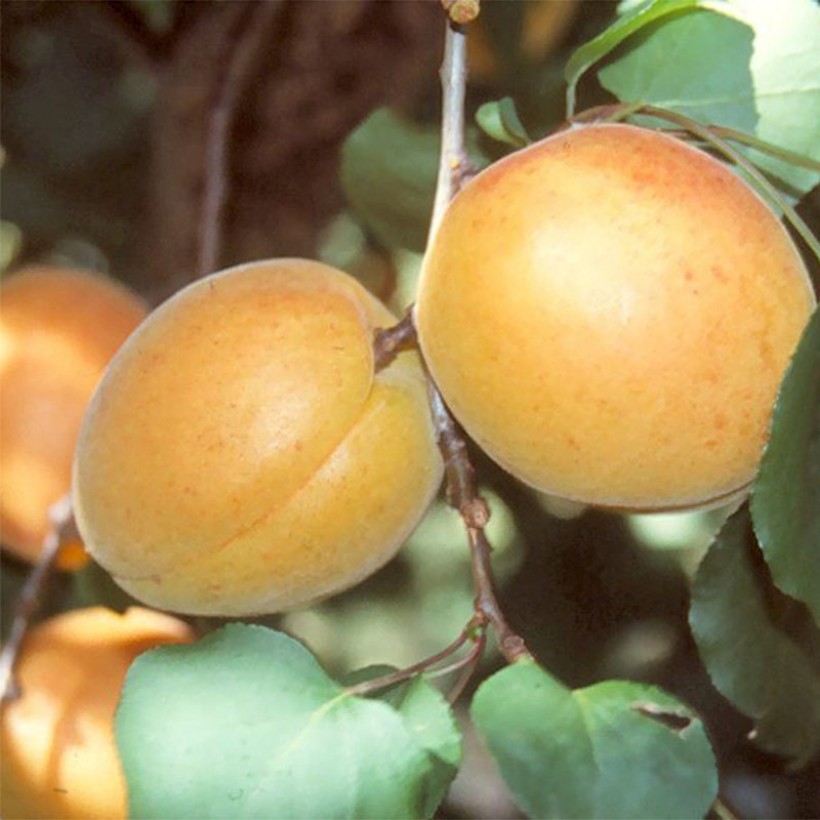
Large fruits of apricot tree ‘Luizet’ are harvested in first fortnight of July
Discover other Apricot trees
View all →Available in 1 sizes
Available in 5 sizes
Available in 4 sizes
Available in 1 sizes
Available in 5 sizes
Available in 2 sizes
Available in 4 sizes
Available in 2 sizes
Available in 1 sizes
Available in 5 sizes
Apricot tree 'Muscat de Nancy' organic
As its name suggests, this variety has soft, fine and melting flesh with a musky taste that reveals a muscat flavour. From mid-July, ‘Muscat de Nancy’ produces beautiful ovate apricots about 5 cm in diameter. They can be enjoyed fresh, preserved or in tarts. Slightly less cold-hardy than others (down to -10°C), this apricot tree should be reserved for Mediterranean, oceanic and continental regions.
Read also
Fruit trees: pruning of a young shootApricot tree 'Rouge du Roussillon'
This apricot tree is suited to mild climates. Despite its semi-late flowering in March-April, Apricot ‘Rouge du Roussillon’ is best planted in the south of France. From mid-July it produces beautiful pale orange fruits flecked with red, prized for their unique, intense aroma. Their flesh is soft, sweet and fragrant, but its slightly mealy texture makes them better suited to jams, compotes or fruit tarts. They hold up well to cooking.
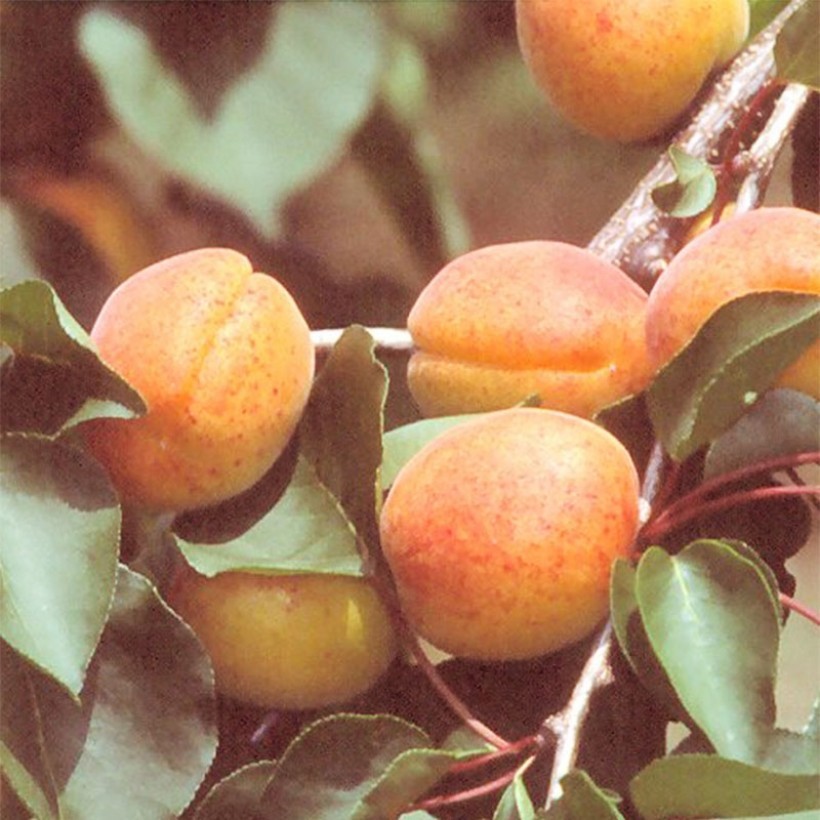
Apricot ‘Rouge du Roussillon’, highly fragrant, ideal for fruit preserved in syrup
Apricot tree 'Polonais'
Very hardy to frost (at least down to -15°C), this very old variety also shows good disease tolerance. Apricot tree ‘Polonais’ is very productive in its preferred growing areas: north-east regions, Rhône Valley, Drôme. It is therefore best suited to regions south of the Loire. It is a rather late variety, tolerant of temperatures down to -30°C, so it also adapts to colder regions. The fruits, slightly elongated apricots, are medium-sized, 4 to 4.5 cm in diameter and 40 to 60 g in weight. They reach ripeness in the first week of July, revealing a fine, melting flesh, slightly sweet.
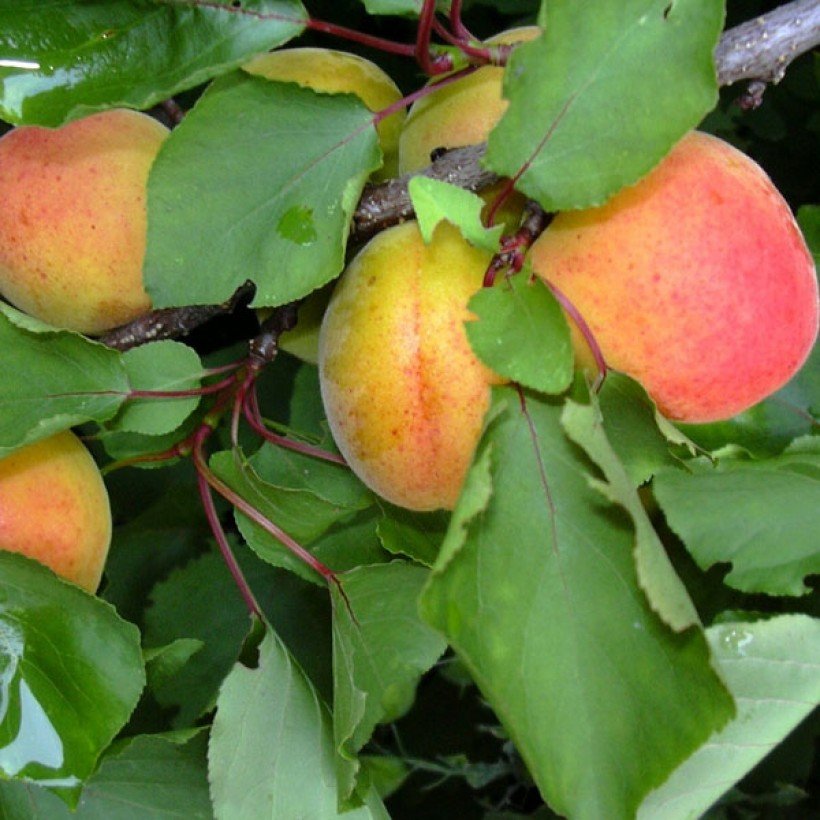
Polonais apricot tree with late flowering is harvested in mid-July
Apricot 'Tardif de Tain'
This very productive variety is among the latest, typically flowering in April, usually after last frosts, which makes it suitable for cultivation in colder regions. Its fruits reach ripeness late; harvest runs from late July to August, depending on region. ‘Tardif de Tain’ produces large apricots over 5 cm in diameter, weighing 60 to 80 g. Flesh is slightly tart. They keep well after harvest and have good flavour.
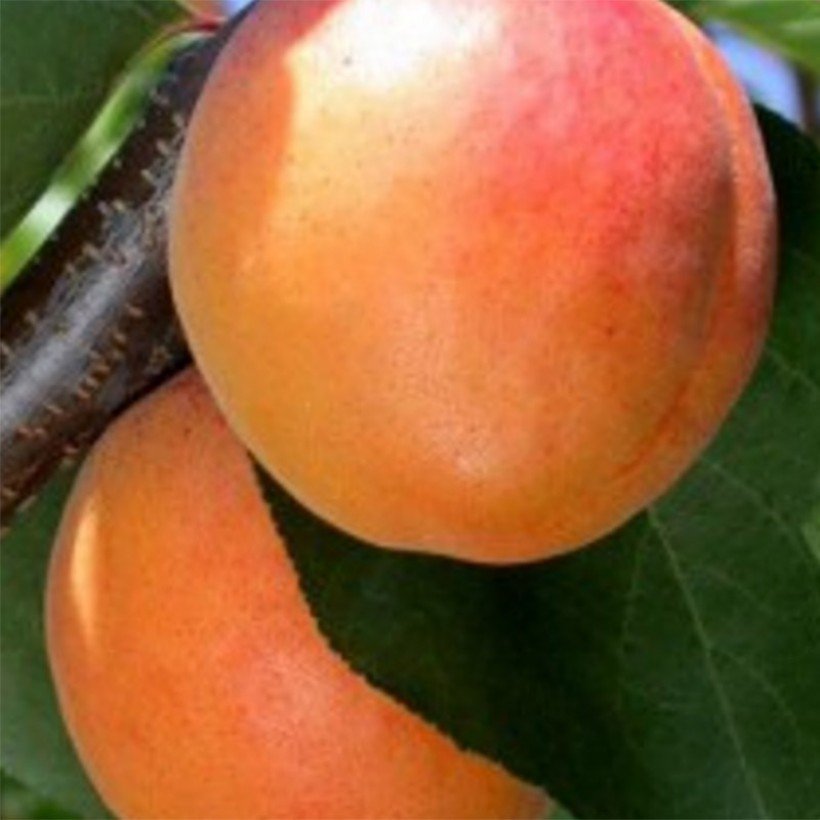
Apricot tree ‘Tardif de Tain’
Apricot tree 'Sunrosso'®
This attractive, very productive and vigorous variety is prized for its very handsome, bright red, elliptical fruits. They measure between 4.5 and 5 cm in diameter and reach ripeness from 20 July to about 15 August. Their flesh is sweet and aromatic. Thanks to late flowering, apricot tree ‘Sunrosso’® is perfectly suited to cooler regions. This fruit tree also stands out for foliage turning red in autumn.
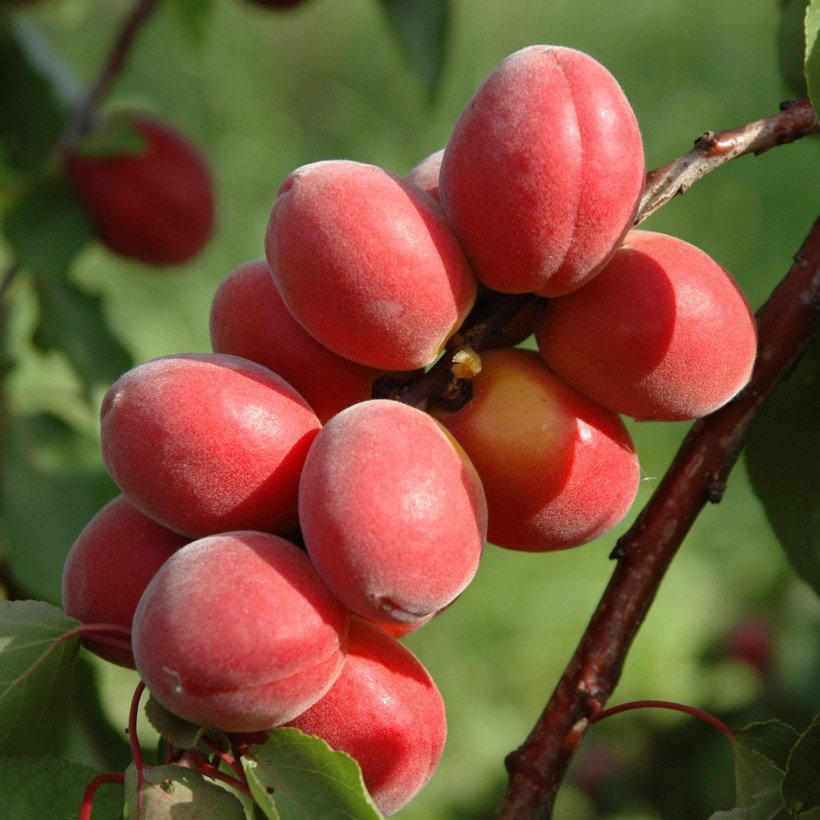
Apricot tree ‘Sunrosso®’
Apricot tree 'Précoce de Saumur'
It is one of the earliest apricot trees! Fruits are harvested from late June and throughout July. Hardy down to -18°C and very productive, it is well suited to central and northern regions of France. It is widespread in Maine-et-Loire and Touraine and adapts perfectly to the climate north of the Loire. However, plant in a sunny spot sheltered from northerly and easterly winds to protect its early flowering from late frosts (flowers are destroyed at -2°C). ‘Précoce de Saumur’ produces light orange, ovate fruits punctate with red, 4 to 4.5 cm in diameter. They are tasty, juicy and melt-in-the-mouth.
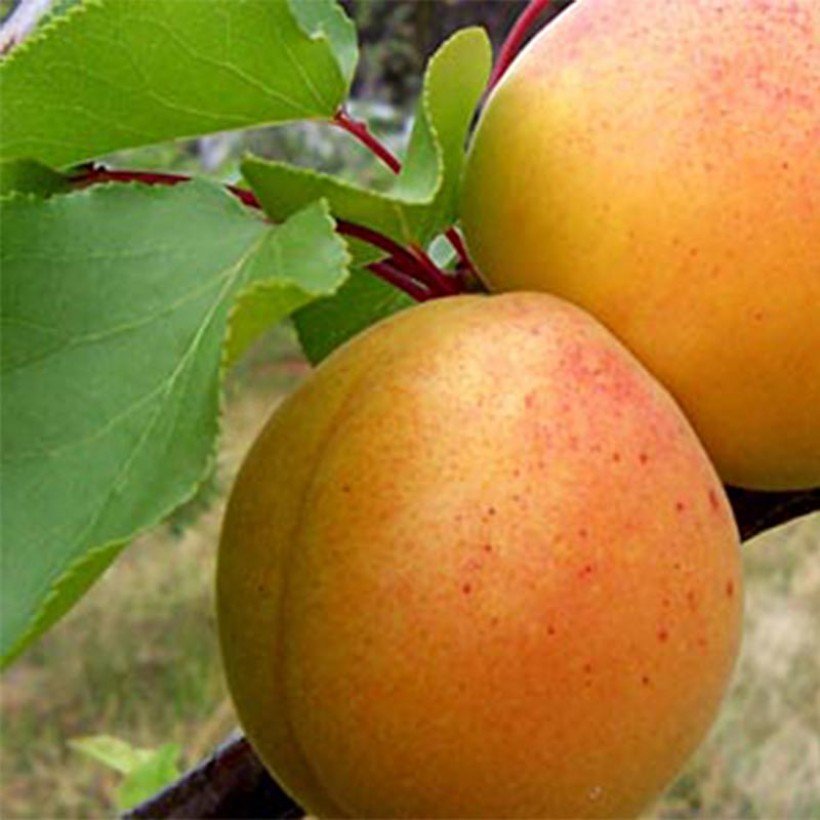
The ‘Précoce de Saumur’ apricot tree flowers in early March, one of the earliest!
- Subscribe!
- Contents
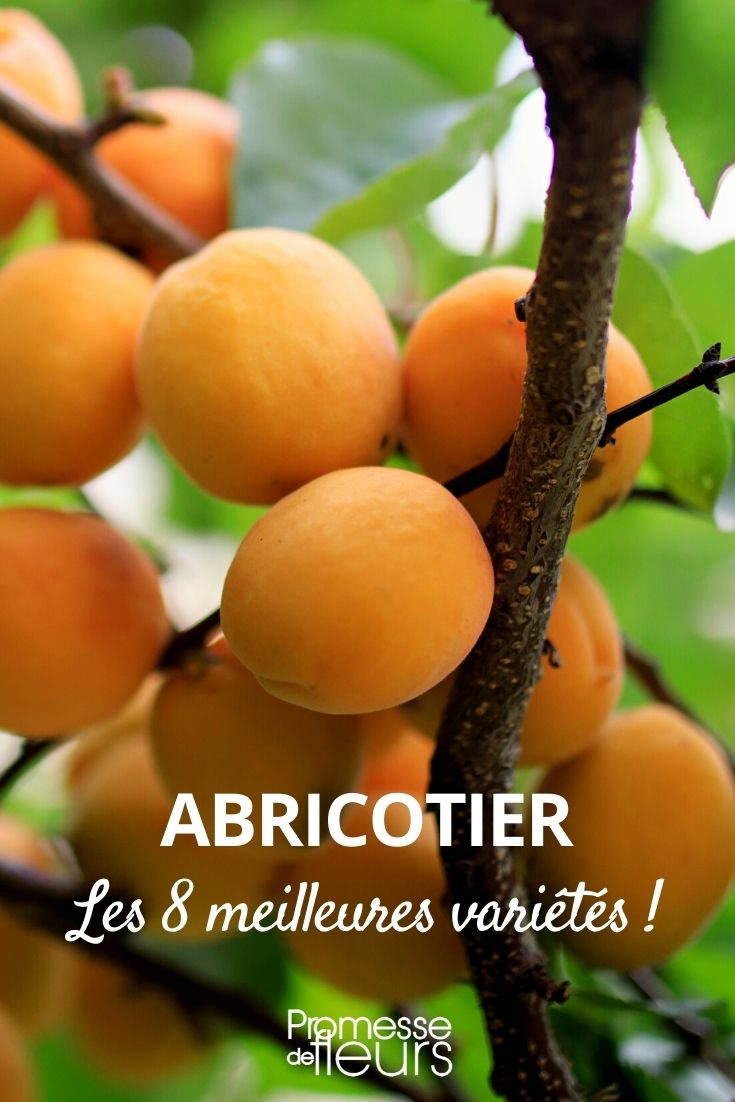































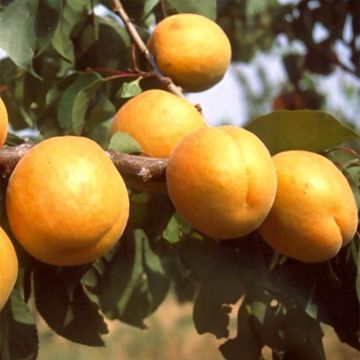

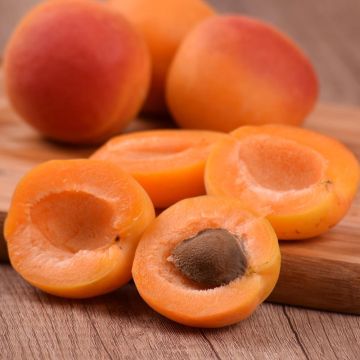
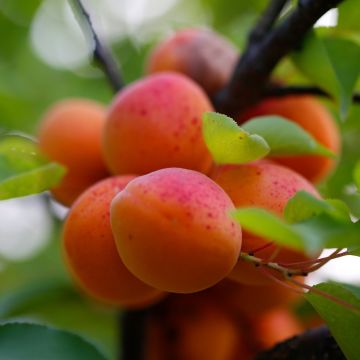
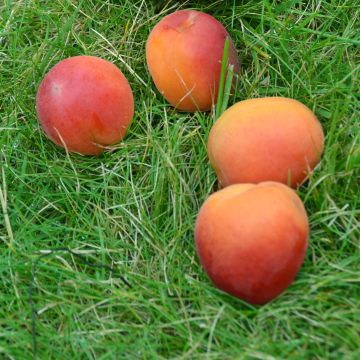
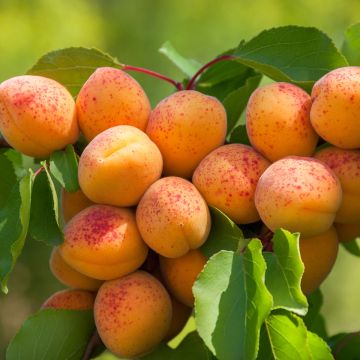
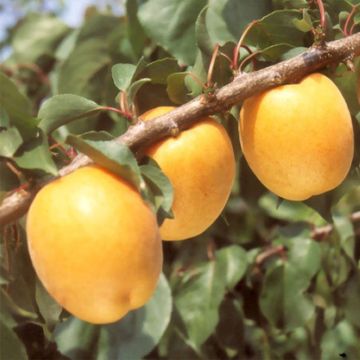
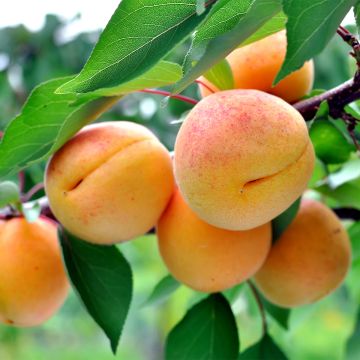
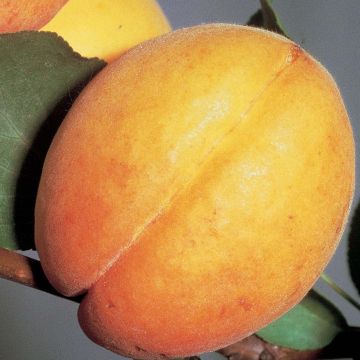
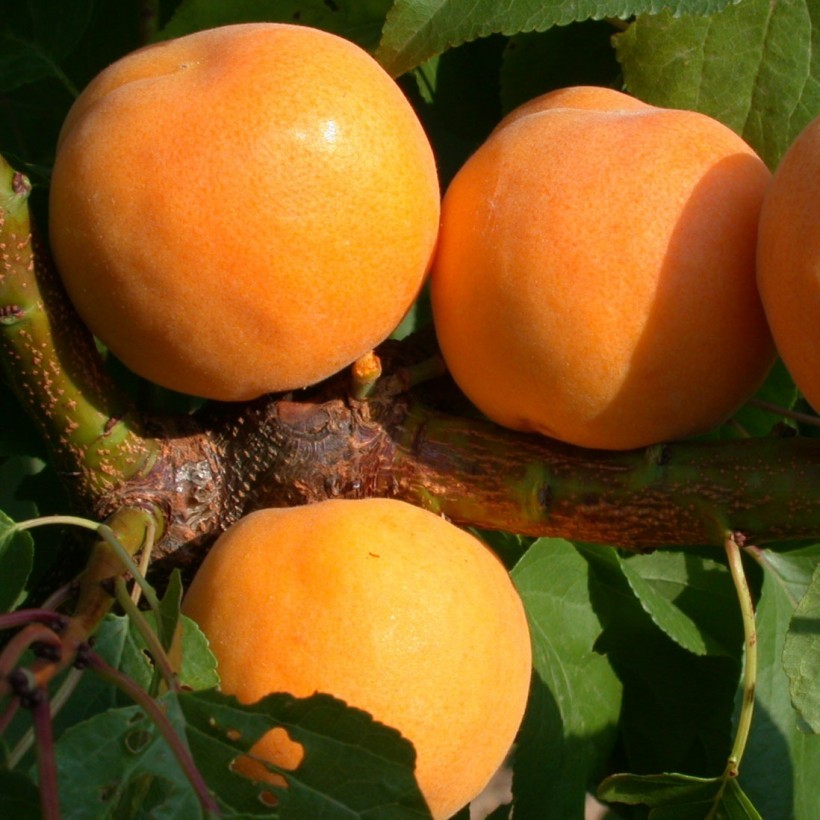
Comments